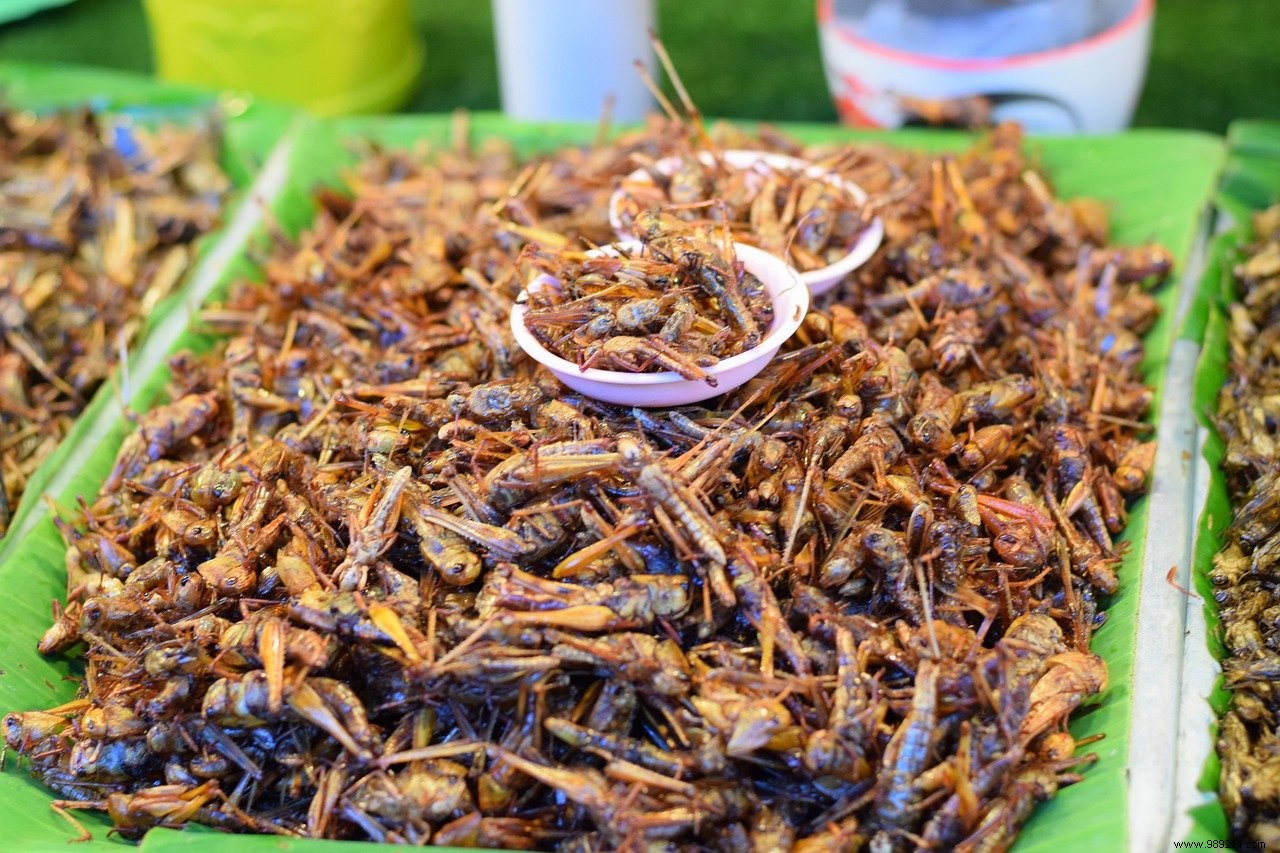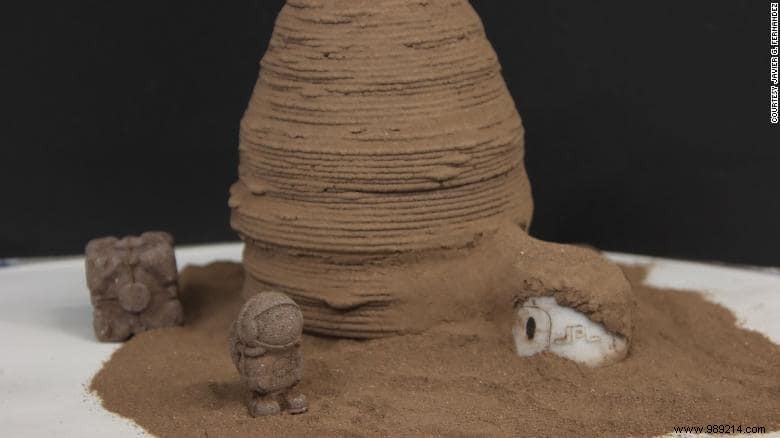A recent study suggests we rely on chitin in the exoskeletons of insects and crustaceans to make tools and build habitats on Mars.
After the Moon, several public and private agencies aim to establish themselves permanently on Mars. To do this, we will then have to face many challenges. One of them will be to offer building materials that are inexpensive and able to meet local requirements.
It is useless, for example, to consider building Martian habitats with concrete, which is far too water-intensive . The transport costs would also be prohibitive . NASA estimates that it costs nearly $20,000 to transport one kilogram of material into orbit.
Previous proposals have called for relying on 3D printing with Sorel cement. In March, an article suggested that urea, the main component of urine, could be used as a plasticizer in the development of a construction material for lunar bases.
In a recent article published in PLOS ONE , researchers at the Singapore University of Technology and Design agree that most of these manufacturing strategies could do the trick. Nevertheless, they point out that all require specialized equipment and a large amount of energy .
In their study, they propose another alternative:chitin. It is one of the constituents of the cuticle of insects, spiders and crustaceans. It also integrates the cell walls of fungi or even the scales of fish.
In the Martian setting, the chitin used could come more from insects insofar as the latter, given their high protein content, could integrate the diet food for the first crews .
Furthermore, since insect chitin has limited nutritional value to humans, extracting it to make building materials "would not impede or compete with the supply astronaut food “, write the researchers the authors. This material would ultimately arise as a by-product of the crew's diet and consumption. Zero waste objective.

In their experiments, the researchers relied on fairly simple chemistry. They took chitosan (an organic polymer made from shrimp) and dissolved it in acetic acid (a common byproduct of aerobic and anaerobic fermentation). They then mixed the result with a mineral equivalent of Martian soil, some water (which could be extracted in situ ) and some basic chemical elements.
The researchers finally obtained a chitinous building material. To test it, they made several objects, including a working key that they tested by tightening a hex bolt.
Javier Fernandez, lead author of the study, agrees that this key was not as strong as a metal key, but would be strong enough to perform small daily tasks .
Researchers also demonstrated that the material could be used as a makeshift mortar to effectively plug a small hole in a pipe, thereby preventing leaks. Finally, they successfully 3D printed a scale model of Martian habitat in less than two hours .

Obviously this is not for now just a proof of concept. Further work will therefore be needed to understand how we might actually use chitin as a building material. For example, the team did not test these objects in conditions imitating the cold and dry atmosphere of Mars .
Despite everything, the researchers are convinced that these materials will not only be essential for our environmental sustainability on Earth, but also for the next stage of evolution:our transformation into an interplanetary species.